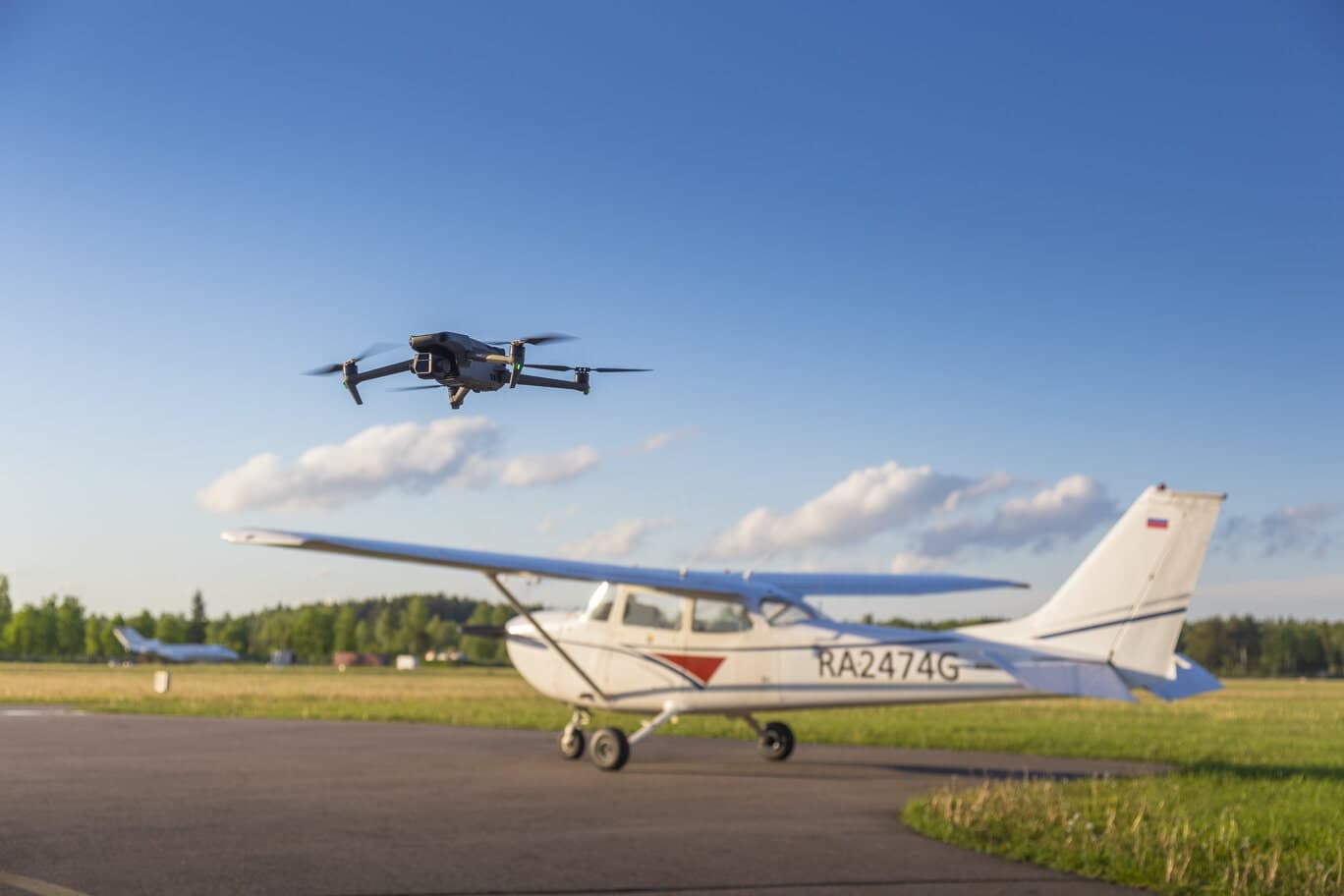
FPV drones and their distinctions from ordinary quadcopters
An FPV (First Person View) drone is an unmanned aerial vehicle that an operator can control from a first-person pilot's perspective thanks to real-time video. The FPV drone is mounted with a camera that transmits the image stream to special goggles that create the effect of presence as if the operator is on board the drone. FPV drones are often used for racing, aerial photography, and other activities that require speed and maneuverability. They can be mass-produced as ready-to-use drone models or can be independently built from various components.
Where are FPV drones used?
Racing: FPV drone racing has become a popular sport in which pilots compete against each other through speed and maneuverability.
Aerial photography: they are used to create captivating video clips and photos from above, especially in the film industry and for advertising purposes.
Agriculture: they are used to monitor crops, assess the condition of fields, and distribute fertilizer.
Search and rescue: they help when searching for lost people or assessing a situation in hard-to-reach areas.
Infrastructure inspection: they are used to inspect bridges, buildings, electric power lines, and other facilities.
Entertainment and hobbies: many people use FPV drones for their own personal recreation. For example, they may use them to check out a specific location or perform acrobatic tricks with them.
Education: in some educational institutions, FPV drones are used to teach programming and engineering.
Hardware used to control FPV drones
A drone hardware set may consist of a variety of different components that vary based on their functionality. Main components:
| Name | Function |
| Video transmitter | Encodes and transmits the video stream to the display receiver or virtual reality goggles. |
| Receiver | Located on the control console or VR goggles. Its function is to receive and decode the incoming video stream. |
| VR goggles | Immerse the drone operator into the flight experience. |
| Telemetric modules | Transmit the following data to the control console: altitude, speed, flight time, battery level, and more. |
Types of FPV drones
For drone classification purposes, the specific drone characteristics and scope of application serve as important distinctions.
Drone models are distinguished as follows:
- Racing: designed for racing competitions. Light and maneuverable. High speed and rapid responsiveness.
- Monitoring: track the condition of facilities and help keep them secure.
- Filming: video footage and photos from the air.
- Research: for scientific, environmental or educational purposes.
There are also search and rescue drones, freestyle drones, and other types. In many cases, the difference between drone models can be substantial.
Special features of FPV drones.
Immersion: the capability to see from the drone's perspective creates an effect of presence, which makes the drone flight more captivating and entertaining.
Maneuverability: FPV drones, especially those designed for racing, possess high maneuverability and can perform complex tricks and maneuvers, which makes them ideal for racing and acrobatics.
Precision of control: due to the direct transmission of video from the drone camera, the pilot can accurately assess distances and obstacles, thereby improving control over the flight.
Pilot skills: flights with an FPV drone develop control skills, reaction times, and spatial reasoning.
Technologies: FPV drones are often equipped with technologies such as GPS, sensors, and stabilization systems, which make them more reliable and convenient to use.
Customization: many FPV drones can be customized for specific needs by replacing components or adding new functionality.
Development and future prospects of FPV technologies.
Avatar-based aviation, which includes FPV units, is being actively developed in professional aerial photography, the industrial Internet of Things, scientific research, and search and rescue operations.
Going forward, we expect drones to be equipped with improved instruments and sensors that employ AI technology. It is likely that UAVs will be integrated into complex and composite systems used for security, detection, monitoring and research.
Frequencies used by FPV drones
FPV drones normally use the following frequency bands:
- 1.2–1.3 GHz (good conductance and range, but are prohibited in some countries).
- 2.4 Ghz (standard option, but experiences a lot of interference).
- 5.8 GHz (the most popular choice).
However, the frequency band depends on the specific model and regional radio frequency regulations.